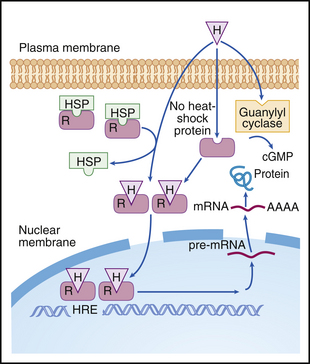88 CASE 88
PATHOPHYSIOLOGY OF KEY SYMPTOMS
The male erection response is due to the engorgement of blood vessels in the corpus cavernosa (see Fig. 87-1). These vascular changes require the interplay of the vascular endothelial cells, sympathetic and parasympathetic nervous system, the central nervous system, and a permissive role played by the endocrine system. Disorders in any of these systems can result in erectile dysfunction, defined as “an inability to achieve and maintain an erection sufficient for satisfactory sexual performance.”
The erectile response is initiated by an increase in parasympathetic nerve activity working through the NANC (nonadrenergic, noncholinergic) neurotransmitters, predominantly nitric oxide (NO) and vasoactive intestinal peptide (VIP). An increase in the activity of the NANC nerves dilates the vascular smooth muscle and causes an increase in blood flow. The increase in blood flow creates a shear stress on the vascular endothelium, stimulating NO production by the endothelial cells. It is the endothelial NO that mediates the maintenance of an erection (Fig. 88-1).
< div class='tao-gold-member'>
Stay updated, free articles. Join our Telegram channel

Full access? Get Clinical Tree



